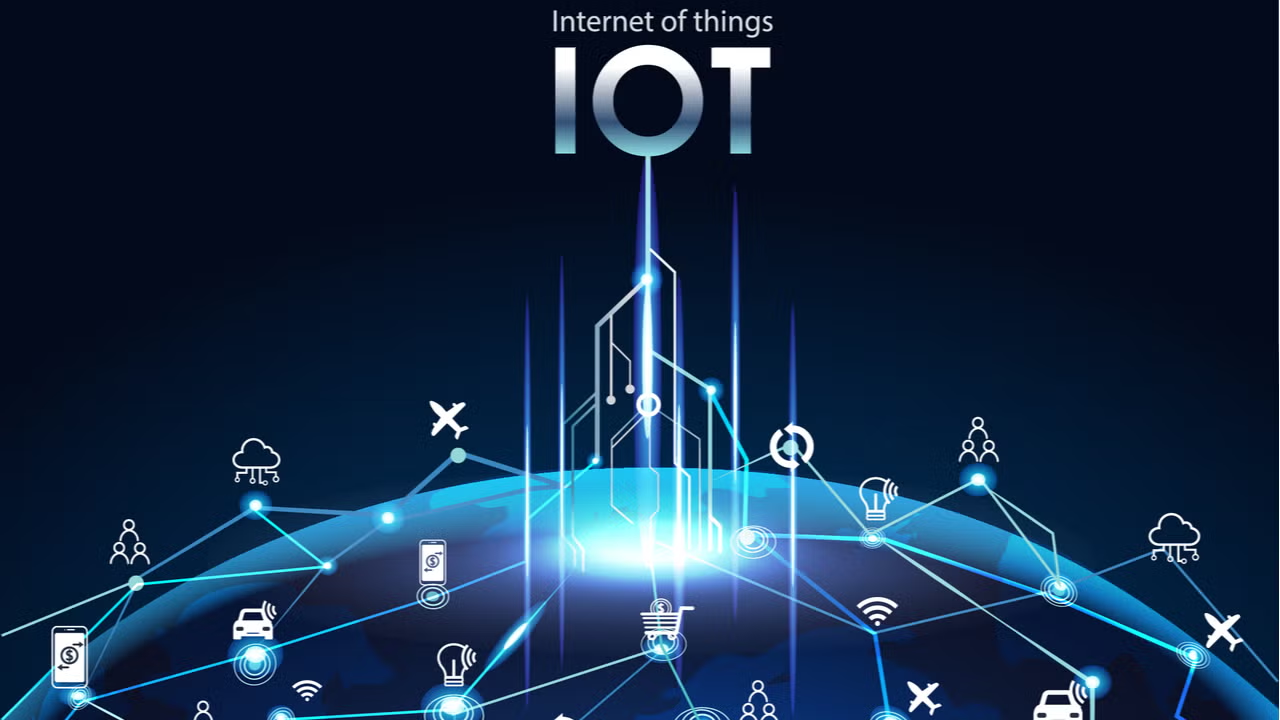In an age where technology governs almost every aspect of our lives, from how we communicate to how we shop, work, and entertain ourselves, a subtle yet profound change is occurring. The art of physical touch, once a cornerstone of human interaction, is being overshadowed by our digital-first society. Texting, video calls, social media updates, and virtual spaces are reshaping how we engage with one another—yet, as we lean into the digital era, we may be losing something irreplaceable: the deep connection that physical touch provides.
The Tangible Power of Touch
Human beings are inherently social creatures, and physical touch has long been a vital component of our communication. From the comforting embrace of a loved one to a handshake that seals a business deal, touch is not merely a physical act; it’s a deeply emotional and psychological experience. Research has shown that touch can trigger the release of oxytocin, the so-called “love hormone,” which fosters bonding, trust, and a sense of safety. It’s also been linked to reduced stress and improved mental health.
Yet, as we immerse ourselves in digital interactions, the tactile connection that once bonded us seems to be slipping away. Consider how we communicate with our loved ones. While a heartfelt text or a quick emoji may convey emotion, it can never replace the physicality of a hug or a gentle touch on the arm. And even in professional contexts, where virtual meetings are now the norm, the absence of physical presence is palpable. A friendly pat on the back or a handshake that signifies mutual respect has been replaced with a flat screen and a pixelated image of a colleague. This shift, though subtle, has significant implications for how we experience relationships, intimacy, and community.
A Digital World: Convenience vs. Connection
The digital age offers undeniable convenience. We can talk to someone across the world in an instant, order food or groceries with a few taps, and even attend events or classes remotely from the comfort of our homes. But as we embrace this new reality, we must also ask: what are we sacrificing? The answer, in many ways, is a more authentic human connection.
When we interact through screens, we miss out on the subtle cues that come with face-to-face communication. Non-verbal signals, such as body language, tone of voice, and the warmth of a person’s touch, are integral to understanding the full spectrum of human emotion. The way someone touches their face while they’re nervous, the comforting squeeze of a hand when they want to offer reassurance—these are things that can’t be captured in a text or video call.

Consider the intimate act of holding hands. It’s simple, yet deeply significant. When we hold hands with someone, we are creating a physical bond that transcends words. The act itself can convey affection, solidarity, or even empathy. In contrast, a text message saying “I’m thinking of you” or “Stay strong” can feel distant, no matter how well-intentioned.
Touch and Mental Health: The Silent Consequences
The decline in physical touch is not merely an inconvenience—it has tangible consequences for our mental health. Research indicates that the reduction in physical contact can exacerbate feelings of loneliness and social isolation, two issues that have become even more pronounced in the wake of the COVID-19 pandemic. During lockdowns and social distancing measures, many people were forced to spend long periods without physical interaction, leading to an increase in feelings of depression and anxiety.
In a world where virtual connections dominate, the physical distance between individuals has only grown. While we can “check in” with friends through social media or join video calls with family members, these interactions lack the emotional depth that physical touch brings. Hugging a friend, sitting side by side without speaking, or simply sharing a comfortable silence in each other’s presence offers a sense of belonging that a screen cannot replicate.
Psychologist Matthew Hertenstein, who has studied the science of touch, notes that tactile communication is essential for emotional regulation. For example, a hug can calm a person who is upset, and a pat on the back can motivate someone who is nervous. Yet, in a world dominated by digital communication, these moments of non-verbal empathy are harder to come by. We have replaced a large part of our emotional vocabulary with pixels and emojis, and in doing so, we risk losing the nuanced communication that physical touch offers.
The Paradox of Virtual Intimacy
While technology has bridged the gap in many ways, allowing us to stay connected despite geographic barriers, it has also given rise to what can be called a “paradox of virtual intimacy.” In an attempt to fill the void created by a lack of physical touch, many individuals are turning to virtual alternatives: digital “hugs,” video calls that mimic face-to-face interaction, and even virtual reality (VR) environments that simulate human presence. Yet, for all their innovation, these virtual solutions are limited.
Consider the phenomenon of “cyber-hugging.” Apps and platforms exist that allow users to send virtual hugs through avatars, but these experiences, while novel, cannot replicate the warmth, pressure, or the subtle movements of an actual embrace. Similarly, virtual reality (VR) environments allow individuals to experience simulated physical spaces with others, yet the sensation of touch remains elusive.

In the quest to preserve intimacy in a digital world, we may find ourselves leaning on these substitutes in an attempt to recreate something that’s fundamentally physical. But no matter how advanced technology becomes, the warmth of a human touch cannot be fully replicated by a machine. A VR hug, no matter how convincing, remains an imitation, not an experience.
Reclaiming Touch: Balancing Technology and Human Connection
So, how can we navigate this increasingly digital world while preserving the art of physical touch? The key lies in balance. Technology, when used mindfully, can be a tool that enhances our connections, but it should not replace the irreplaceable. Here are a few ways we can begin to reclaim touch in a world that’s moving online:
- Prioritize In-Person Connections: While video calls and texts are convenient, they should never fully replace face-to-face interactions. Whenever possible, prioritize in-person meetings, whether it’s a coffee with a friend or a family gathering. Even small, seemingly insignificant moments of physical presence can create lasting bonds.
- Be Intentional with Physical Touch: In an era where handshakes, hugs, and other forms of touch are sometimes avoided due to fear of contagion or social norms, it’s important to be intentional about how we engage in physical touch. Whether it’s offering a comforting hand on a friend’s shoulder or hugging a loved one, physical touch is still a powerful tool for connection.
- Practice Mindfulness: As we embrace digital technology, it’s easy to forget the importance of being present in the moment. Practice mindfulness in your interactions, whether you’re in person or virtually. Put away your phone, focus on the person in front of you, and engage fully in the exchange. This can create a deeper sense of connection, even without physical touch.
- Redefine Connection in a Digital World: Instead of replacing physical touch with digital equivalents, we should think about how we can combine both worlds to create meaningful experiences. For example, virtual reality and augmented reality can be tools for shared experiences, but they should not replace the human connection that comes from real-world touch.
- Encourage Touch in Public Spaces: As society becomes more digitized, it’s important to create spaces where physical touch is encouraged, whether through events that promote social interaction or simply by being present with those around you. Acts of kindness, such as offering a handshake or a hug, can go a long way in fostering a sense of community.
- Recognize the Need for Touch in Mental Health: Finally, it’s essential that we recognize the profound impact that physical touch has on mental health. Whether it’s through therapy, support groups, or simply reaching out to a friend or family member, fostering an environment where physical touch is welcomed can help alleviate feelings of isolation and loneliness.
Conclusion: A Call for Reconnection
The digital world is here to stay, and with it comes both tremendous opportunities and challenges. While technology allows us to stay connected across vast distances, we must not forget the fundamental need for physical touch. Touch is not just a form of communication; it’s a vital part of what it means to be human. In our quest for digital convenience, we must strive to reclaim the art of physical touch, ensuring that it remains a central part of our interactions, relationships, and emotional well-being.
As we move forward, let us remember that the best connections are often the ones that don’t rely on screens at all. Whether it’s the warmth of a hug, the comfort of holding hands, or the reassurance of a simple touch on the shoulder, physical touch is irreplaceable—and it’s up to us to preserve it, even in a digital-first world.


















































Discussion about this post